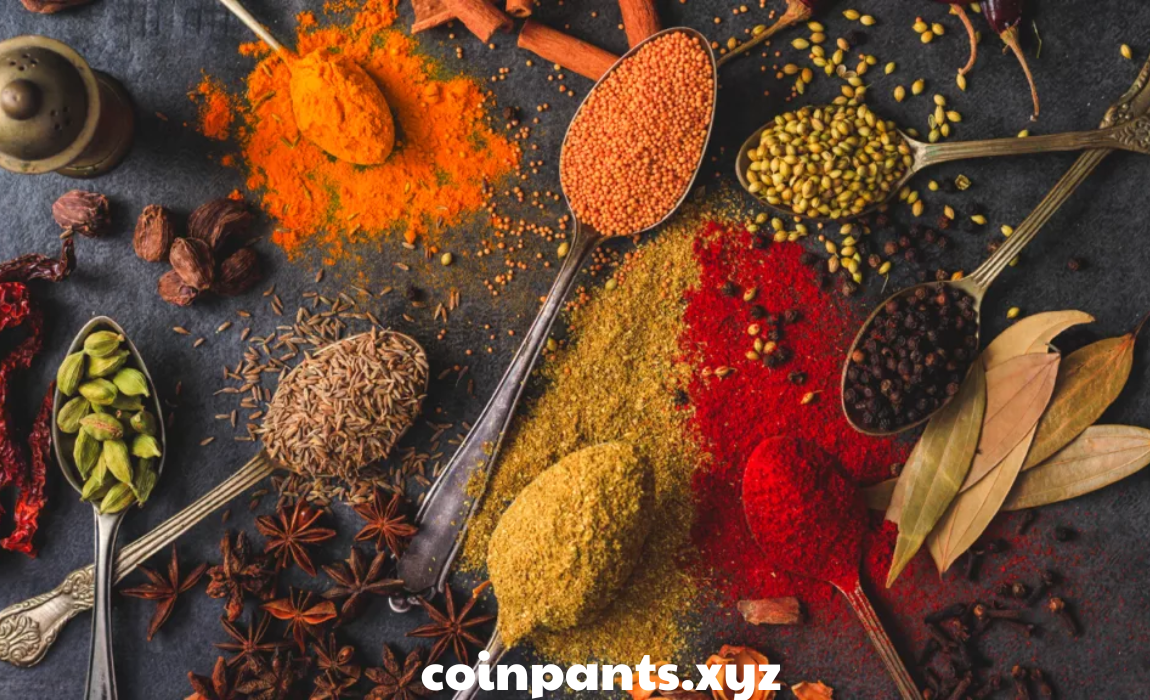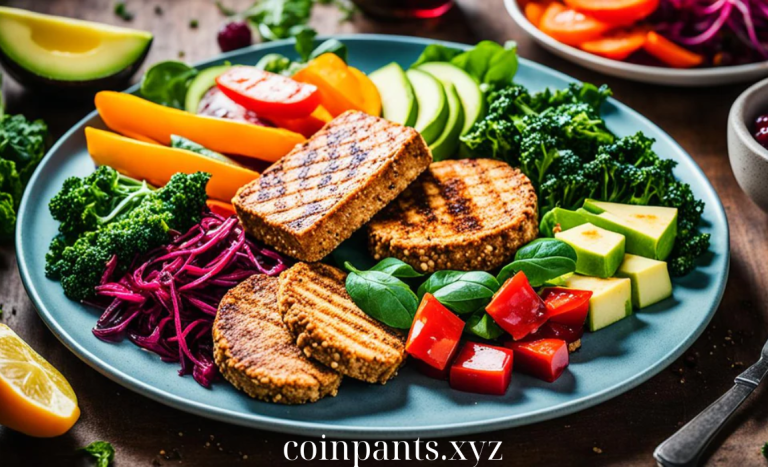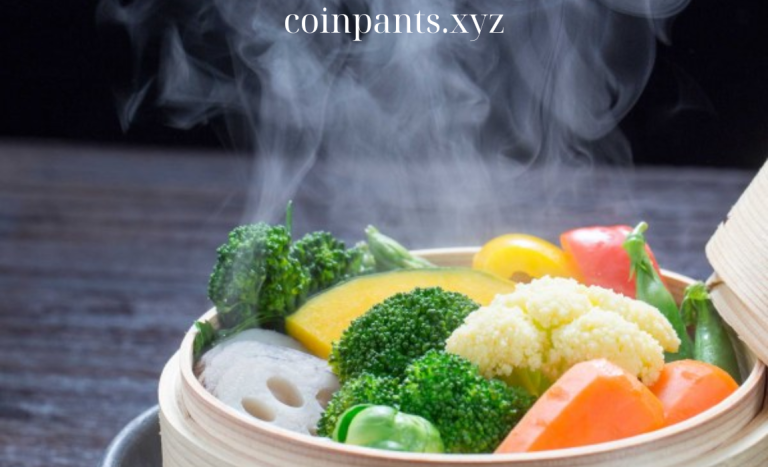
In vegetarian cooking, the absence of meat calls for creative ways to infuse depth and flavor into dishes. The secret to creating delicious and satisfying vegetarian meals often lies in the herbs and spices that elevate even the simplest ingredients. From aromatic fresh herbs to robust dried spices, these culinary essentials transform plant-based dishes into flavorful and exciting creations. Whether you’re a seasoned vegetarian or just exploring plant-based cooking, mastering the use of herbs and spices can take your meals to the next level.
In this guide, we’ll explore the most effective herbs and spices for vegetarian cooking, highlighting how to use them in your favorite dishes and offering pairing tips to enhance flavor.
1. Basil: The Versatile Herb for Freshness
Basil is a staple in vegetarian cooking, offering a fresh, aromatic flavor that pairs beautifully with a variety of ingredients. Known for its slightly sweet and peppery taste, basil is perfect for both raw and cooked dishes, making it a versatile addition to your kitchen.
How to Use:
- Pesto: Blend fresh basil with pine nuts, garlic, olive oil, and Parmesan (or a vegan alternative) to make a rich, flavorful pesto sauce for pasta, sandwiches, or roasted vegetables.
- Caprese Salads: Pair fresh basil leaves with ripe tomatoes and mozzarella (or vegan mozzarella) for a classic Caprese salad.
- Soups and Sauces: Add basil to tomato-based sauces, soups, or stews to enhance the overall flavor profile with a burst of freshness.
Pro Tip:
- Add Fresh: Basil loses its flavor when cooked for too long, so add it towards the end of cooking to preserve its vibrant taste.
2. Cumin: Earthy Warmth for Hearty Dishes
Cumin is an earthy, warm spice that brings depth and richness to vegetarian dishes, particularly in Indian, Mexican, and Middle Eastern cuisines. Its robust flavor enhances legumes, grains, and vegetables, adding a subtle smokiness and warmth.
How to Use:
- Curries and Stews: Add ground cumin to lentil stews, chickpea curries, and vegetable soups for a rich, aromatic base.
- Roasted Vegetables: Sprinkle cumin on roasted vegetables like carrots, sweet potatoes, or cauliflower for a smoky flavor.
- Homemade Spice Blends: Combine cumin with other spices such as coriander, paprika, and turmeric to create a custom blend for rubs, marinades, or seasoning tofu.
Pro Tip:
- Toast Whole Seeds: Toast whole cumin seeds in a dry skillet to enhance their flavor before grinding or adding them to your dish.
3. Rosemary: A Robust Herb for Roasting
Rosemary is a woody herb with a strong, pine-like flavor that stands up well to high heat and slow cooking. It’s particularly well-suited for roasting vegetables or adding depth to hearty dishes like soups and stews.
How to Use:
- Roasted Potatoes: Toss potatoes with olive oil, fresh rosemary, garlic, and salt, then roast until crispy for a classic side dish.
- Baked Bread: Infuse fresh rosemary into bread dough for an aromatic and flavorful homemade loaf.
- Grilled Vegetables: Use rosemary sprigs to add flavor to grilled or roasted vegetables like zucchini, bell peppers, or eggplant.
Pro Tip:
- Pair with Olive Oil: Rosemary’s robust flavor pairs beautifully with olive oil, making it ideal for marinades, dressings, and bread dipping sauces.
4. Turmeric: Vibrant and Anti-Inflammatory
Turmeric is a bright yellow spice known for its earthy, slightly bitter flavor and powerful anti-inflammatory properties. It’s commonly used in Indian and Southeast Asian dishes, providing both color and depth to vegetarian meals.
How to Use:
- Curries and Rice Dishes: Add turmeric to curries, stews, or rice dishes for an earthy flavor and vibrant color.
- Golden Milk: Create a soothing drink by mixing turmeric with plant-based milk, a touch of sweetener, and spices like cinnamon and ginger.
- Tofu Scrambles: Use turmeric to give plant-based scrambles a golden color and subtle warmth, mimicking the appearance of eggs.
Pro Tip:
- Pair with Black Pepper: Always combine turmeric with black pepper to enhance the absorption of curcumin, the active compound in turmeric, for maximum health benefits.
5. Oregano: Mediterranean Flavor in a Leaf
Oregano is a bold herb commonly used in Mediterranean and Italian dishes, offering a slightly bitter, earthy taste that pairs well with tomatoes, olive oil, and garlic.
How to Use:
- Tomato-Based Sauces: Add dried oregano to marinara sauces, pizza toppings, or soups for a Mediterranean touch.
- Grilled Vegetables: Sprinkle oregano on grilled or roasted vegetables like zucchini, eggplant, and bell peppers.
- Salad Dressings: Incorporate fresh or dried oregano into vinaigrettes for an herbaceous boost.
Pro Tip:
- Use Dried for Intensity: Dried oregano has a more concentrated flavor than fresh, making it ideal for sauces and stews that require bold seasoning.
6. Coriander: Bright and Citrusy Notes
Coriander, the seeds of the cilantro plant, offers a bright, citrusy flavor that works well in a variety of vegetarian dishes. It’s often used in Indian, Mexican, and Middle Eastern cooking, adding a fresh, tangy note to savory dishes.
How to Use:
- Spice Blends: Incorporate ground coriander into spice blends for curries, rubs, and marinades.
- Salsas and Dressings: Add coriander to fresh salsas or salad dressings for a zesty, citrusy flavor.
- Vegetable Dishes: Use coriander to season roasted root vegetables or stir-fries for a subtle yet distinct flavor boost.
Pro Tip:
- Grind Fresh: Grind coriander seeds just before use to preserve their bright flavor and aroma.
7. Thyme: Subtle Herb for Versatile Use
Thyme is a subtle, earthy herb with a slightly minty flavor that works well in a variety of dishes, especially those that require long cooking times. It’s often used in Mediterranean and French cuisine, adding complexity to soups, stews, and vegetable dishes.
How to Use:
- Hearty Soups: Add thyme to lentil, bean, or vegetable soups for an added layer of flavor.
- Roasted Vegetables: Combine thyme with olive oil and garlic to season roasted root vegetables, squash, or mushrooms.
- Sauces: Incorporate thyme into creamy sauces or tomato-based dishes for an aromatic depth.
Pro Tip:
- Use Fresh for Garnish: Fresh thyme leaves can be used as a garnish for a bright, herbaceous finish on roasted vegetables or pasta.
8. Paprika: Smoky Sweetness for Depth
Paprika is a versatile spice that ranges from sweet to smoky, making it an excellent addition to a variety of vegetarian dishes. It adds both color and flavor, giving dishes a mild heat and subtle sweetness.
How to Use:
- Chili and Stews: Add paprika to chili, lentil stews, or bean dishes for a smoky flavor and vibrant color.
- Roasted Chickpeas: Toss chickpeas with olive oil, smoked paprika, and salt, then roast until crispy for a healthy snack.
- Vegetable Stir-Fries: Sprinkle paprika over stir-fried vegetables to add warmth and a hint of spice.
Pro Tip:
- Try Smoked Paprika: Use smoked paprika for an added depth of flavor, especially in dishes that require a subtle, smoky kick.
Conclusion
Herbs and spices are the backbone of flavor in vegetarian cooking, allowing you to create rich, aromatic, and satisfying meals without relying on meat. Whether you’re using fresh basil in a pesto or smoked paprika in a stew, these ingredients add depth, complexity, and excitement to plant-based dishes. By mastering the use of herbs and spices, you can transform simple vegetarian meals into gourmet creations that delight the senses.






